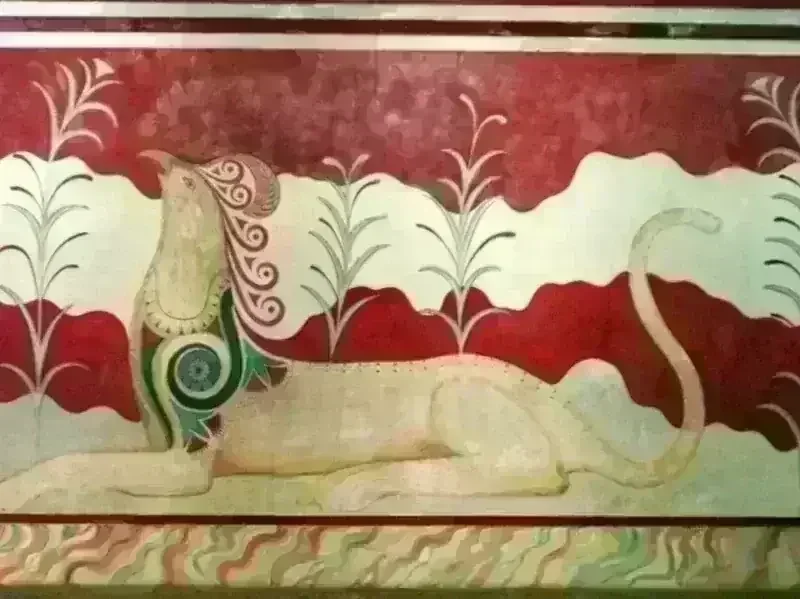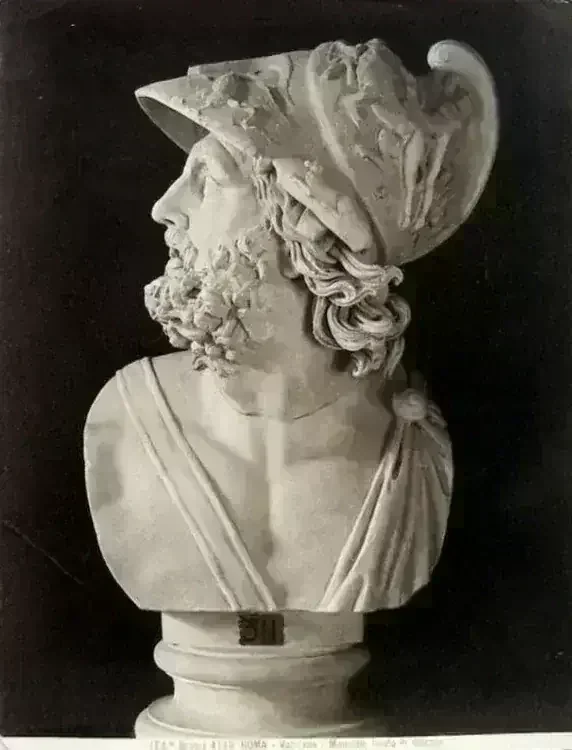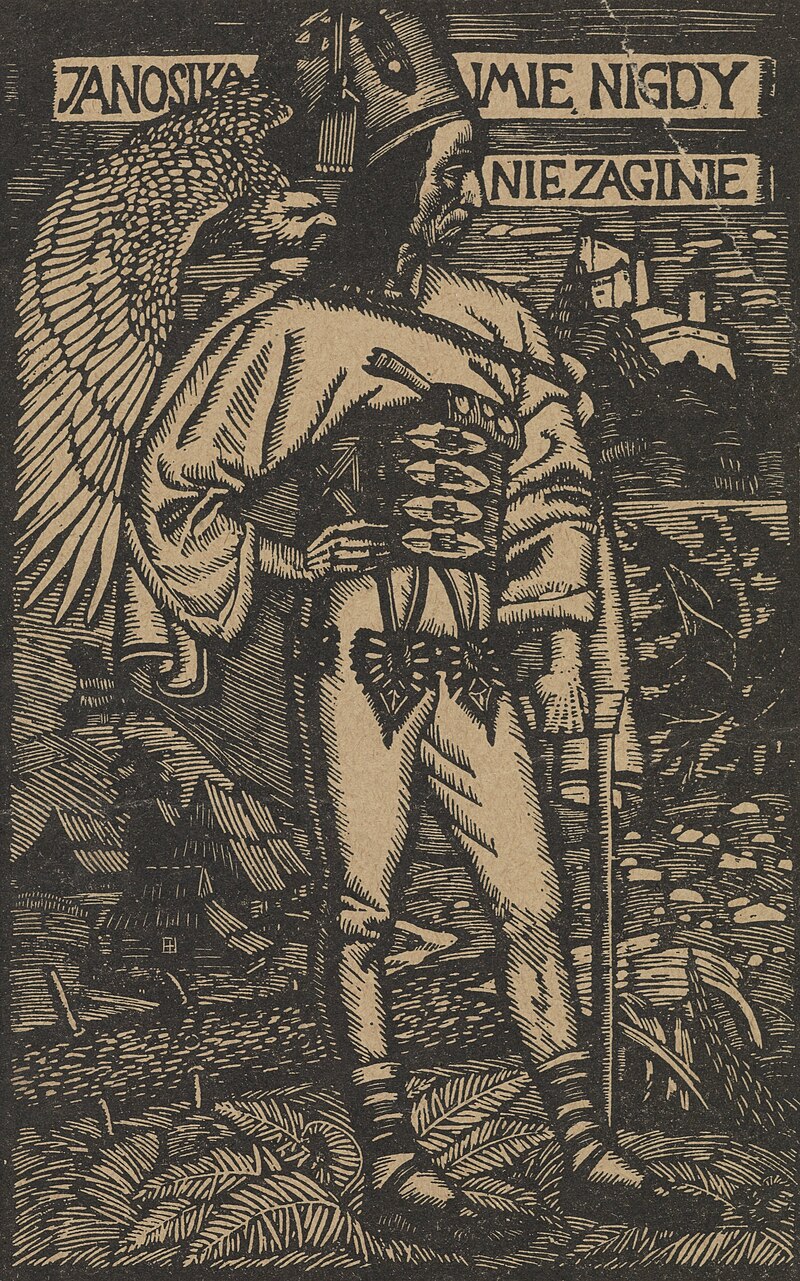Griffin

The griffin, griffon, or gryphon (Ancient Greek: γρύψ, romanized: grýps; Classical Latin: gryps or grypus; Late and Medieval Latin: gryphes, grypho etc.; Old French: griffon) is a legendary creature with the body, tail, and back legs of a lion, and the head and wings of an eagle with its talons on the front legs.
Because the lion was traditionally considered the king of the beasts, and the eagle the king of the birds, by the Middle Ages, the griffin was thought to be an especially powerful and majestic creature. Since classical antiquity, griffins were known for guarding treasures and priceless possessions.
In Greek and Roman texts, griffins and Arimaspians were associated with gold deposits of Central Asia. The earliest classical writings derive from Aristeas (7th century BC), preserved by Herodotus and Aeschylus (mid 5th century BC), but the physical descriptions are not very explicit. Though they are described as sharp-beaked, their comparison to "unbarking hounds of Zeus" has led to speculation they were originally conceived as wingless.
Pliny the Elder (1st century) was the first to explicitly state that griffins were winged and long-eared. However, Apollonius of Tyana wrote that griffins did not have true bird wings, but only membranous webbed feet that gave them capability of short-distanced flight. Writers after Aelian (3rd century AD) added little new material to griffin lore, except for the later belief that griffins deposited agate stone among the eggs in their nests.
Pliny placed the griffins in Æthiopia, while Ctesias (5th century BC) located them in greater India. Scholars have noted that legends about the gold-digging ants of India may have influenced griffin lore.
In the Christian era, Isidore of Seville (7th century AD) wrote that griffins were a great enemy of horses. This notion may have developed from the tradition that horseback-riding Arimaspians raided the griffins' gold.


